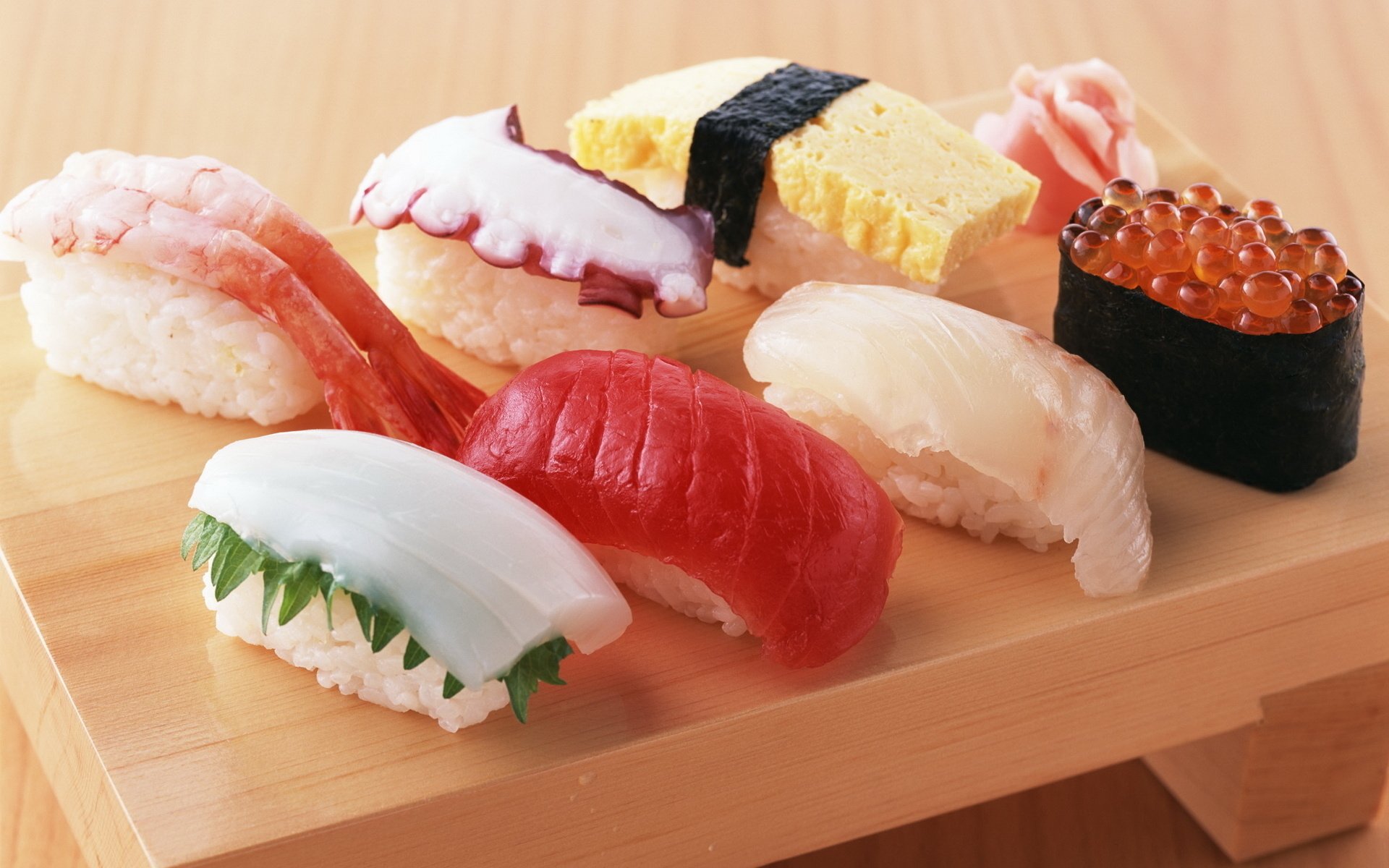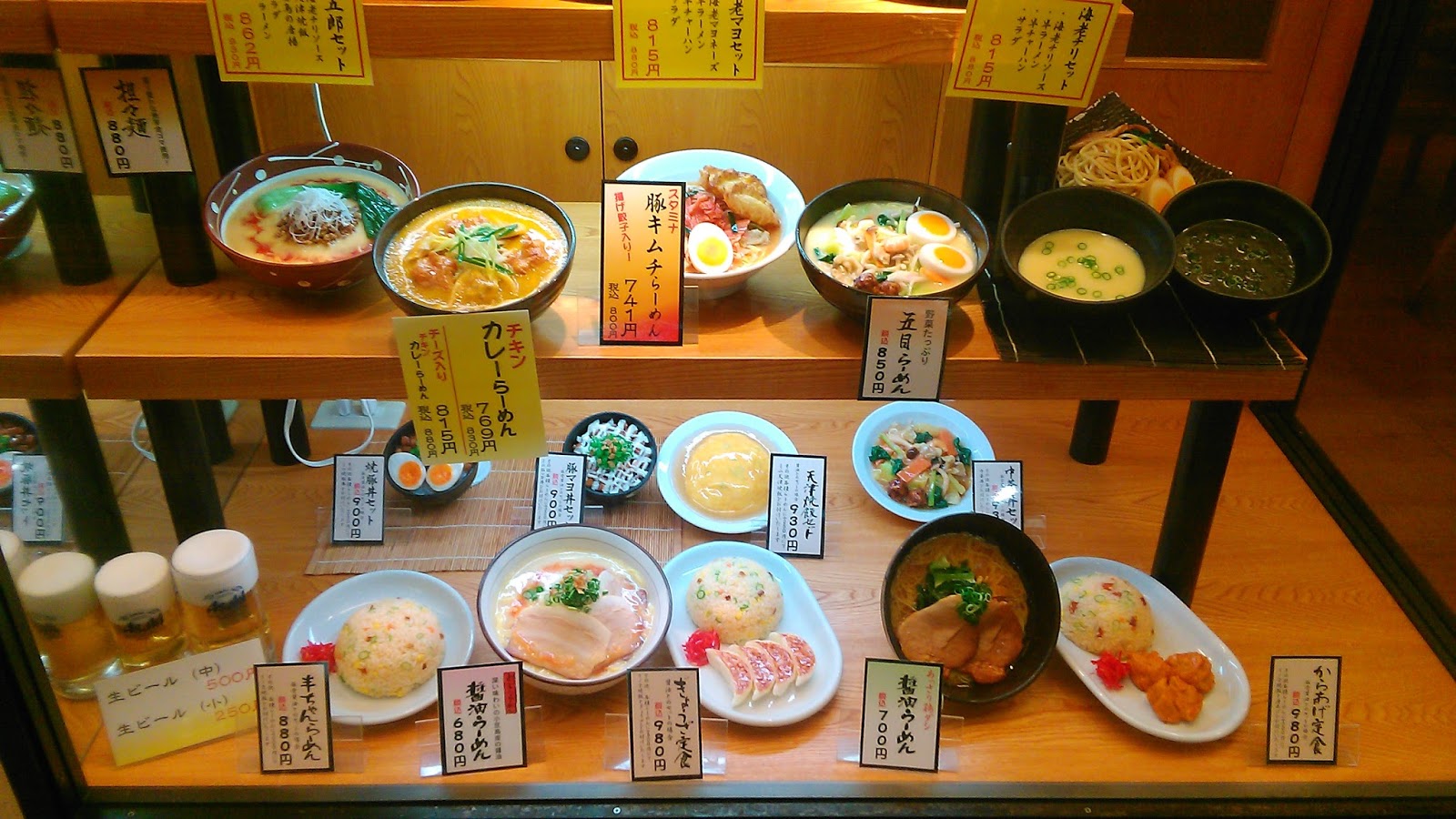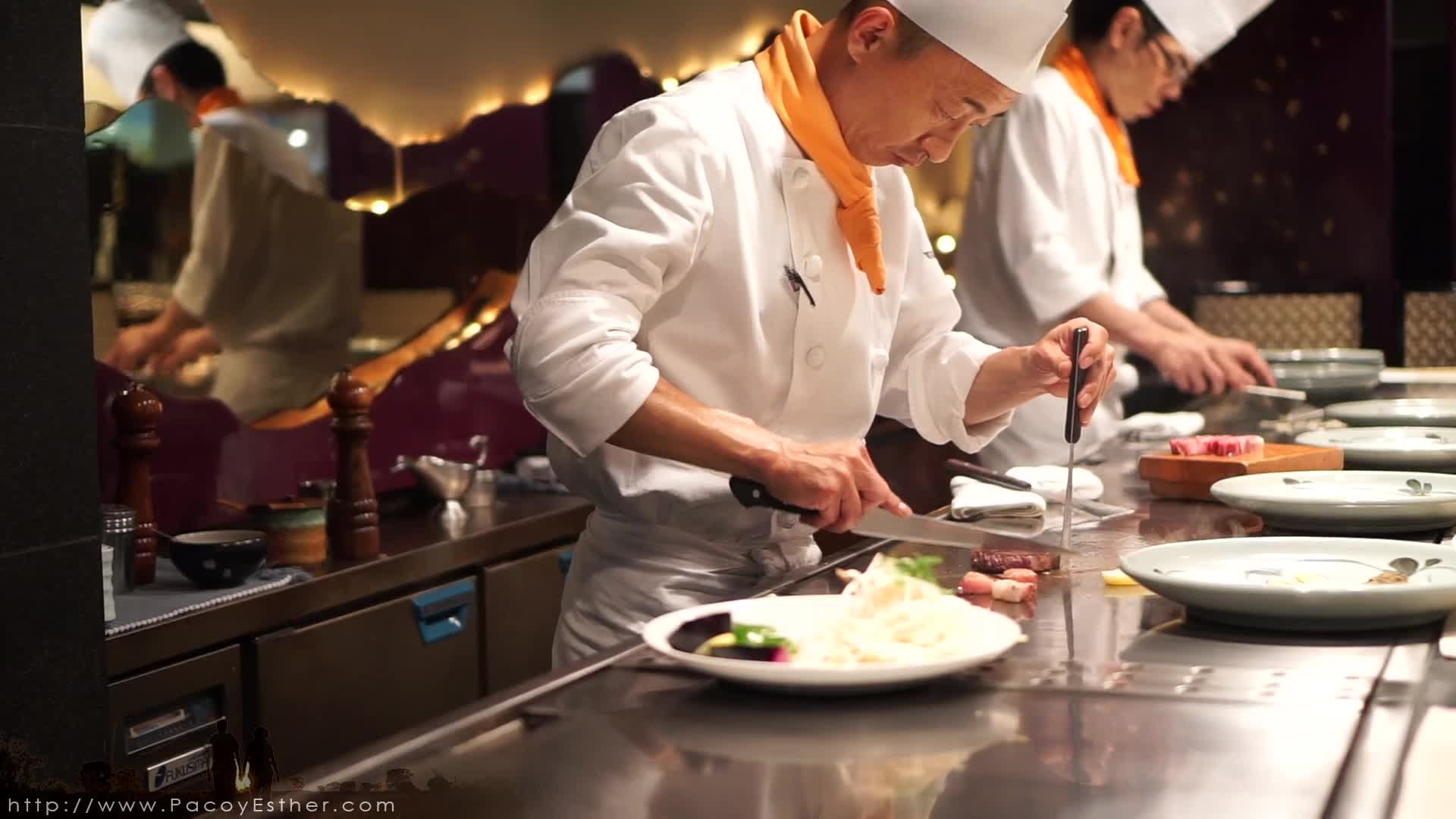10 Dishes you should try in Tokyo
One of the most important parts of a trip is undoubtedly food. Knowing the cuisine of the country we travel to is another way to get to know that country.
1. Ramel
The ramen (ラ ー メ ン?) (Pronounced roughly r`a: mEn, or ['ɽaːmɛɴ]) is a Japanese dish. Although each region of Japan has its own recipe for ramen, the basic preparation consists of different types of Chinese noodles served in a soup prepared commonly with fish, miso and soy sauce as well as different garnishes such as slices of pork ( char siu - チ ャ ー シ ュ), seaweed (nori - 海苔), menma (メ ン マ) and chive (negi - 葱).
The most important ingredients of the ramen are the men (麺) or noodles, the soup, and the gu or accompaniment that is added to the dish.
The noodle is made with wheat flour, water, salt and kansui. Sometimes egg is used instead of kansui to give the paste its characteristic yellow color. Also, semolina is used, instead of corn flour, to make the noodles.
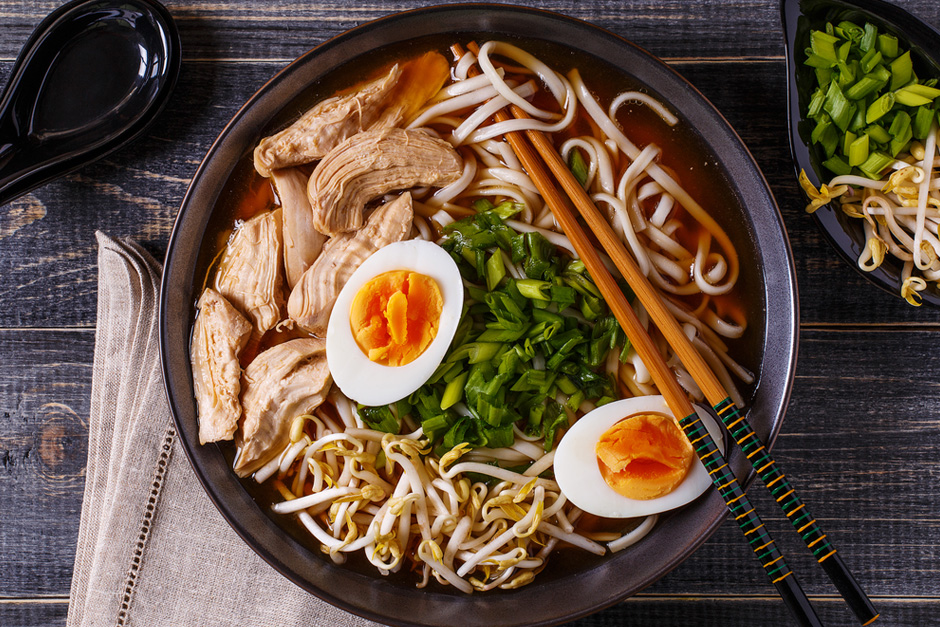
2. Gyudon
Gyūdon (牛 丼?), Often translated as veal bowl, is a dish of Japanese cuisine consisting of a bowl of rice topped with minced beef and onions previously soaked in a sweet sauce spiced with soy sauce and mirin. . Often it also includes shirataki. It is a very popular dish in Japan, it is usually served with beni shōga (pickled ginger), shichimi and as an accompaniment to a miso soup. Gyū means "cow" or "calf" and don is the abbreviation of donburi the Japanese word for "bol".
Gyūdon can be easily found in many Japanese restaurants and specialized fast food chains. The largest chain that the gyūdon markets is Yoshinoya.
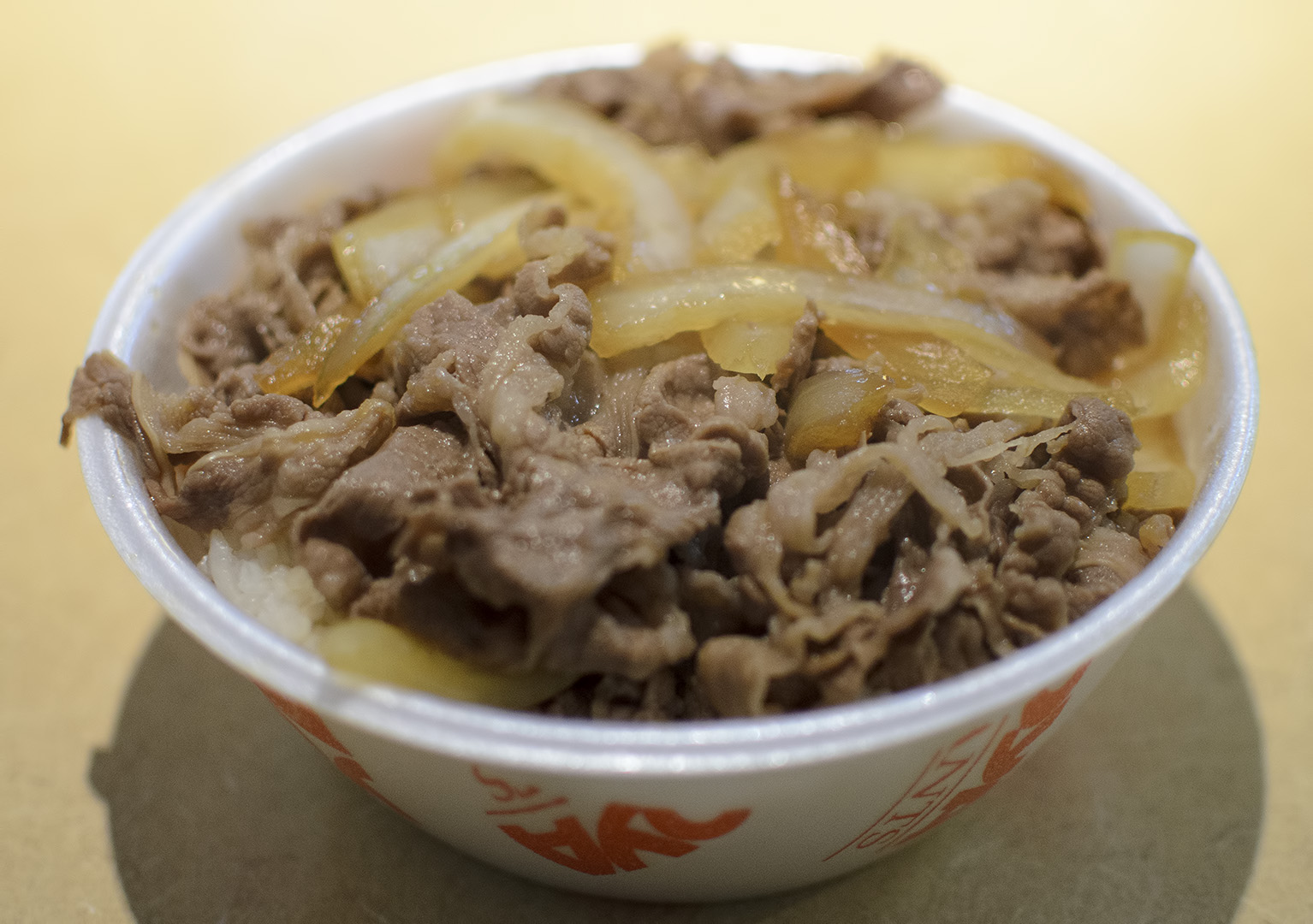
3. Rice with curry
Rice with curry ( ライスカレー ) This dish does not have much mystery because the name is quite descriptive: rice with curry. But the grace of this dish is in the flexibility it allows for the ingredients: you can do it practically to taste.
Although perhaps the most typical would be to put potato, carrot, onion and meat. You can also choose the degree of spiciness you want, or if you want it rather sweet and not at all spicy.
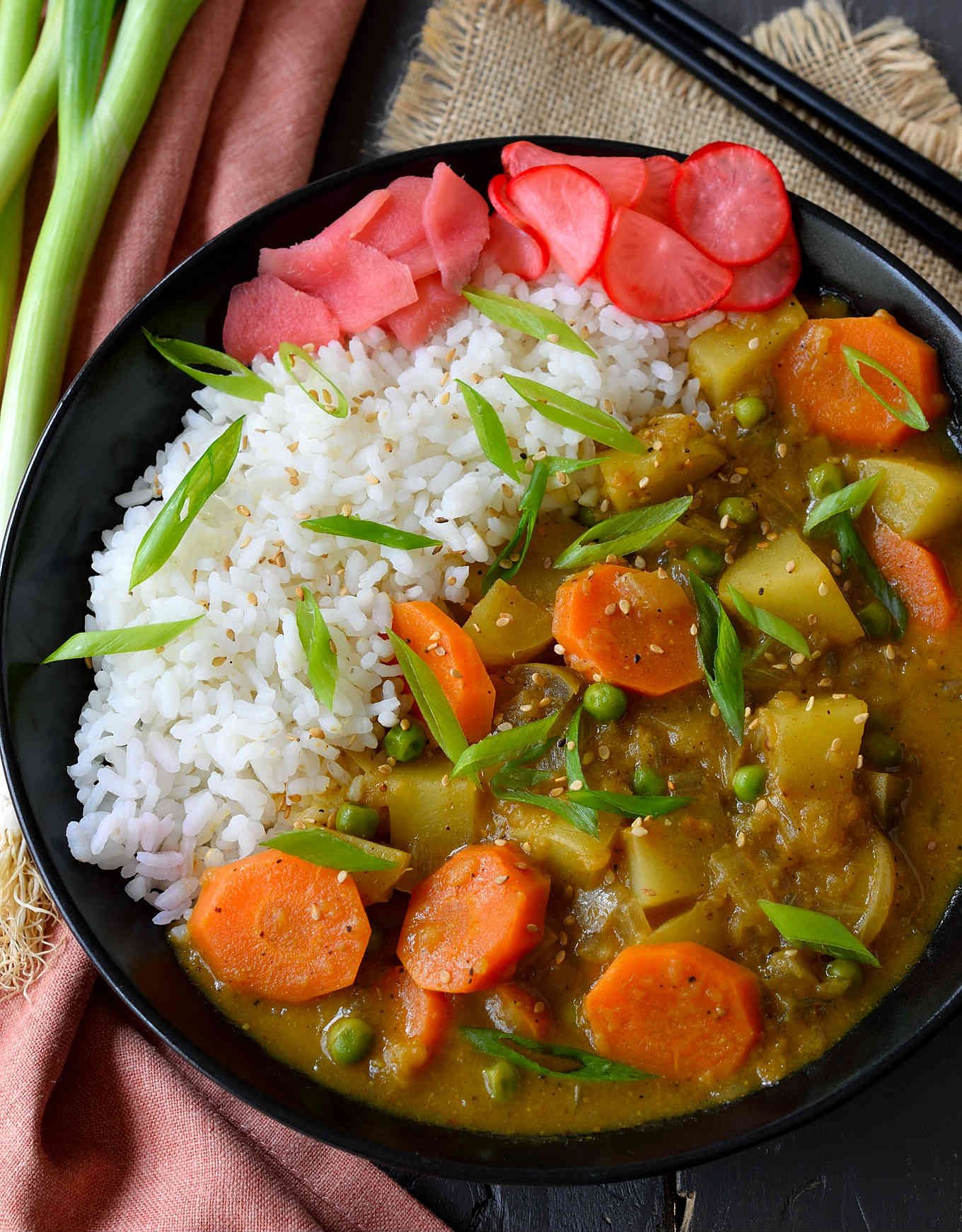
4. Takoyaki
Takoyaki (たこ焼き or 蛸焼) is a ball-shaped Japanese snack made of a wheat flour-based batter and cooked in a special molded pan. It is typically filled with minced or diced octopus (tako), tempura scraps (tenkasu), pickled ginger, and green onion. Takoyaki are brushed with takoyaki sauce (similar to Worcestershire sauce) and mayonnaise, and then sprinkled with green laver (aonori) and shavings of dried bonito. There are many variations to the takoyaki recipe, for example, ponzu(soy sauce with dashi and citrus vinegar), goma-dare (sesame-and-vinegar sauce) or vinegared dashi.
Yaki is derived from "yaku" (焼く) which is one of the cooking methods in Japanese cuisine, meaning "to fry or grill", and can be found in the names of other Japanese cuisine items such as okonomiyaki and ikayaki (other famous Osakan dishes).
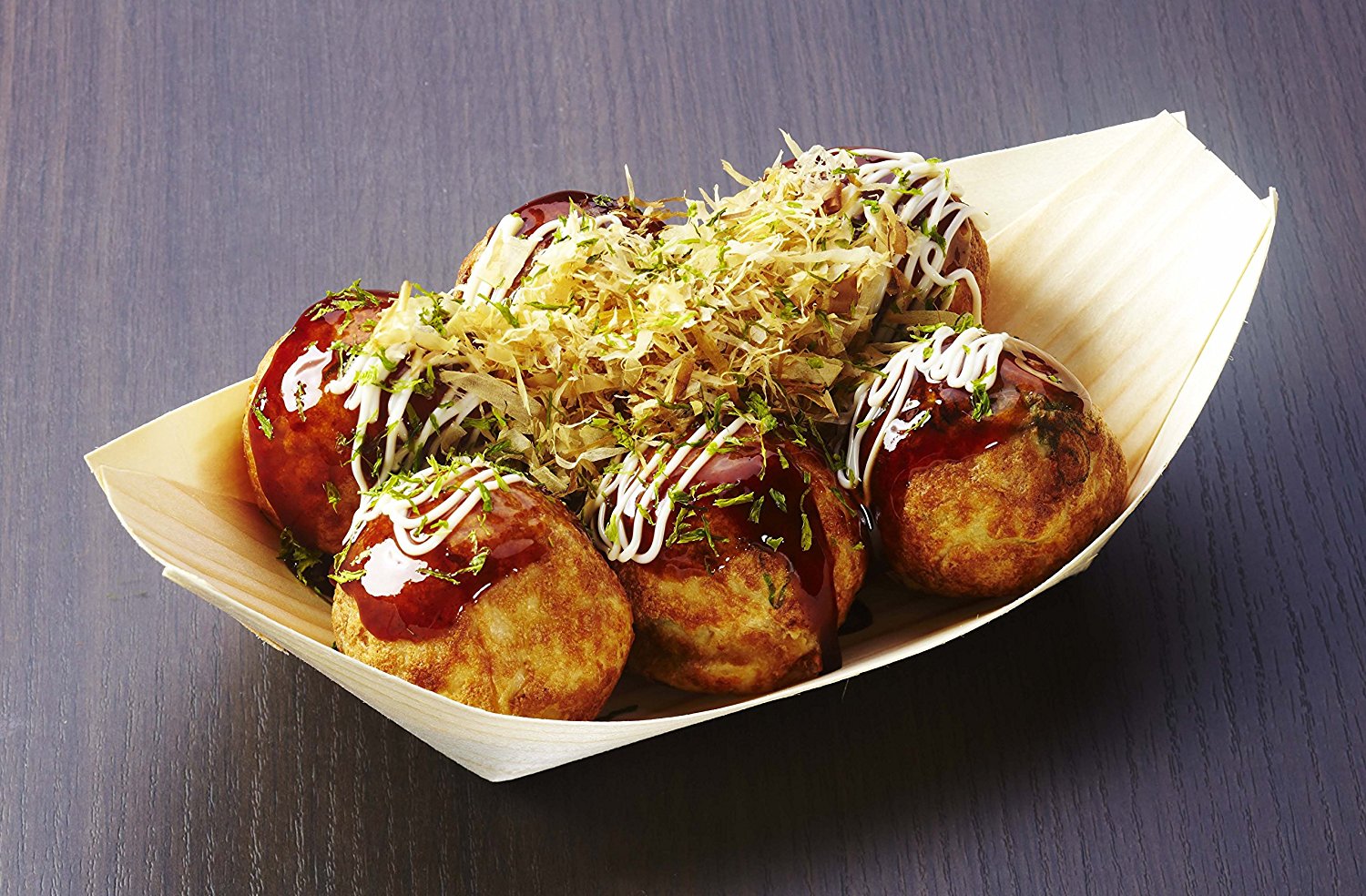
5. Onigiris
O-nigiri (お握り or 御握り; おにぎり), also known as o-musubi (お結び; おむすび), nigirimeshi (握り飯; にぎりめし)or rice ball, is a Japanese food made from white rice formed into triangular or cylindrical shapes and often wrapped in nori (seaweed). Traditionally, an onigiri is filled with pickled ume (umeboshi), salted salmon, katsuobushi, kombu, tarako, or any other salty or sour ingredient as a natural preservative. Most Japanese convenience stores stock their onigiri with various fillings and flavors. There are even specialized shops which only sell onigiri to take out. Due to the popularity of this trend in Japan, onigiri has become a popular staple in Japanese restaurants worldwide.
Despite common misconceptions, onigiri is not a form of sushi. Onigiri is made with plain rice (sometimes lightly salted), while sushi is made of rice with vinegar, sugar and salt.[1] Onigiri makes rice portable and easy to eat as well as preserving it, while sushi originated as a way of preserving fish.
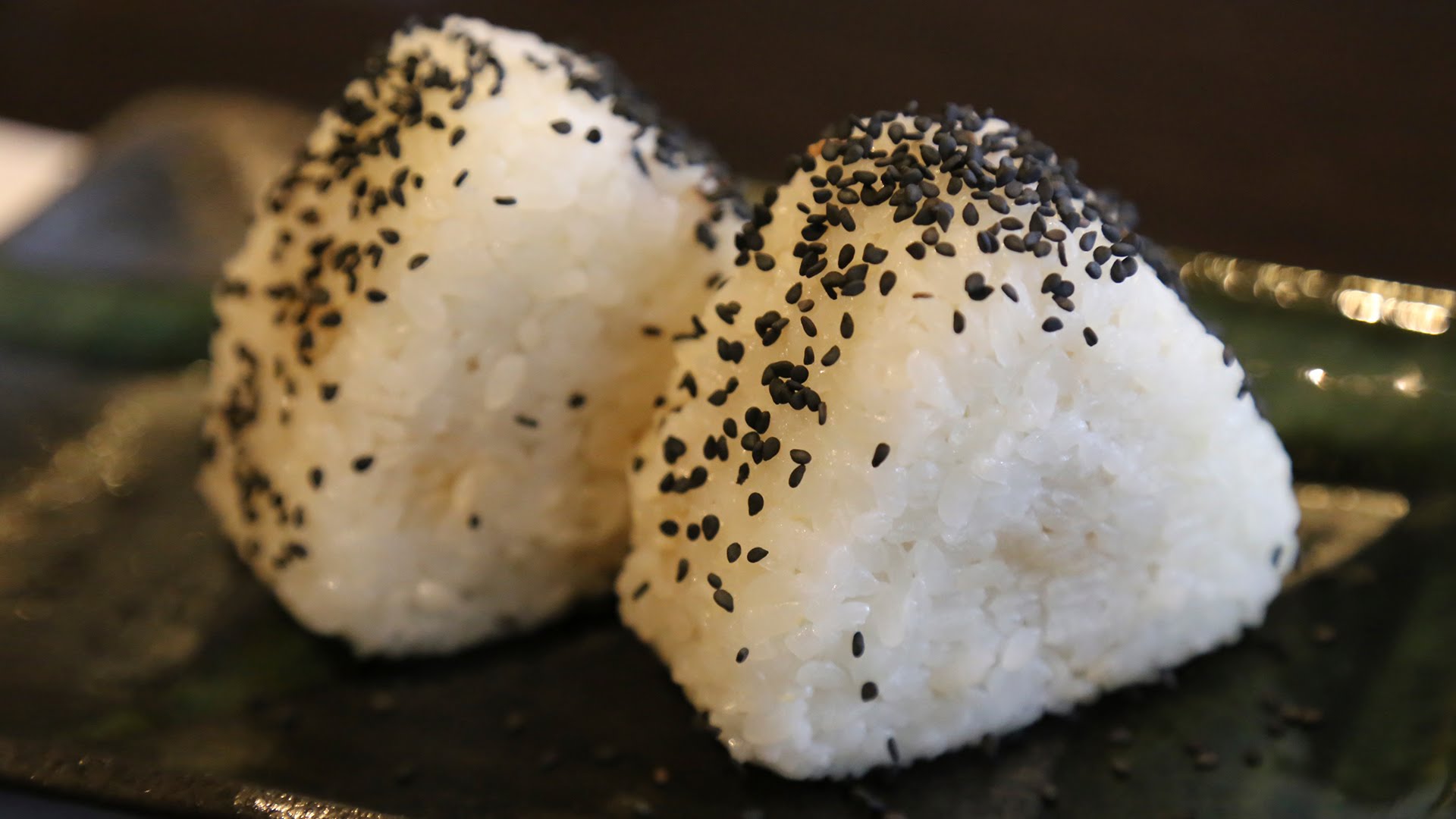
6. Tempura
Tempura ( 天ぷら ) is mainly fried vegetables and seafood. Each piece of food is the size of a bite. It can be eaten alone, with a bowl of white rice or with soba. It is usually wet in a sauce made with broth, soy sauce and sweet sake.
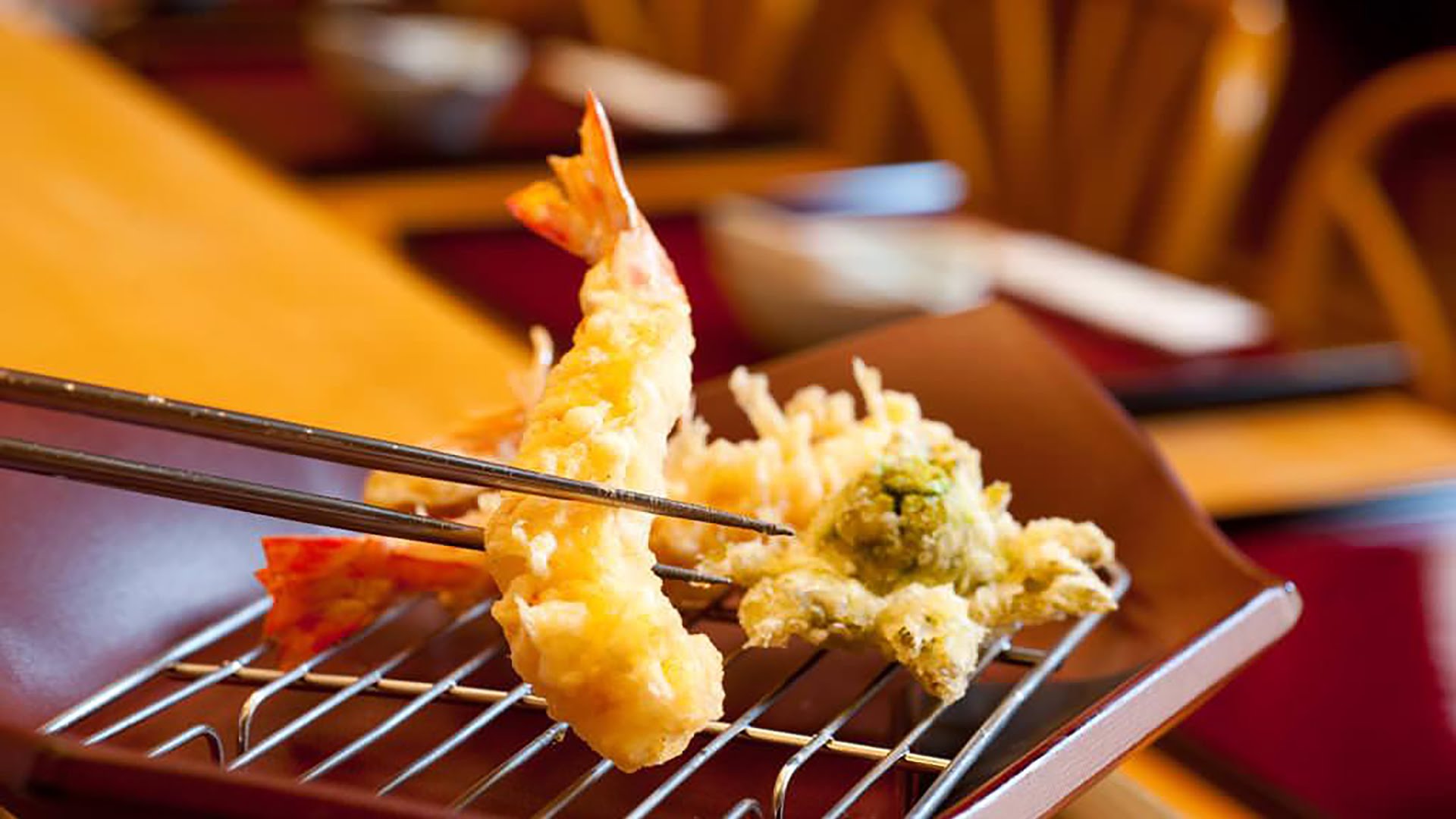
7. Udon
Udon (饂飩, usually written as うどん) is a type of thick wheat flour noodle, used frequently in Japanese cuisine.
Udon is often served hot as a noodle soup in its simplest form, as kake udon, in a mildly flavoured broth called kakejiru,which is made of dashi, soy sauce, and mirin. It is usually topped with thinly chopped scallions. Other common toppings include tempura, often prawn or kakiage (a type of mixed tempura fritter), or aburaage, a type of deep-fried tofu pockets seasoned with sugar, mirin, and soy sauce. A thin slice of kamaboko, a halfmoon-shaped fish cake, is often added. Shichimican be added to taste.
The flavor of broth and topping vary from region to region. Usually, dark brown broth, made from dark soy sauce (koikuchi shōyu), is used in eastern Japan, and light brown broth, made from light soy sauce (usukuchi shōyu), is used in western Japan. This is even noticeable in packaged instant noodles, which are often sold in two different versions for east and west.
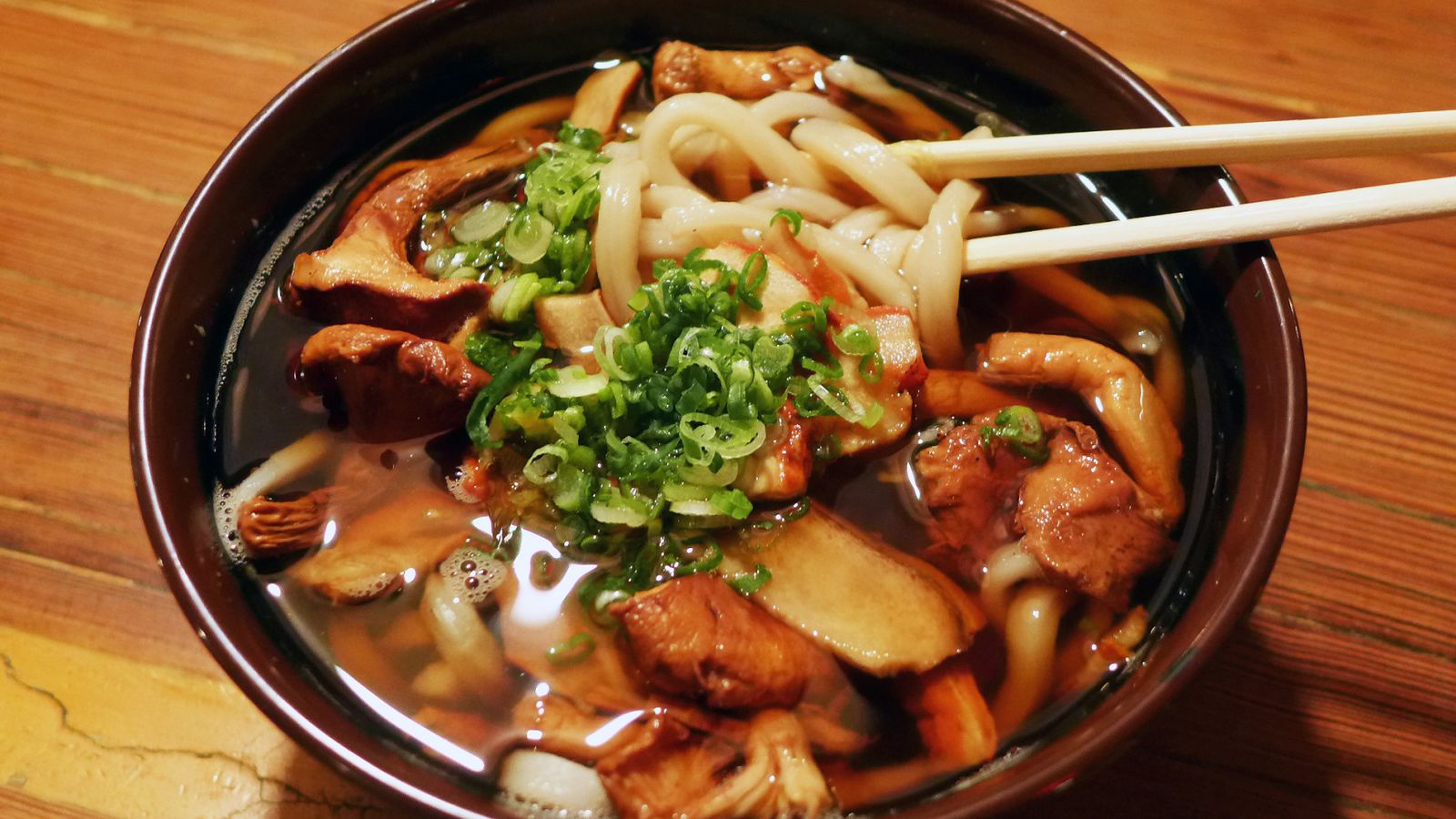
8. Shabu shabu
Shabu-shabu (しゃぶしゃぶ) is a Japanese nabemono hotpot dish of thinly sliced meat and vegetables boiled in water. The term is onomatopoeic, derived from the sound emitted when the ingredients are stirred in the cooking pot and served with dipping sauces.[citation needed] The food is cooked piece by piece by the diner at the table. Shabu-shabu is considered to be more savory and less sweet than sukiyaki.
The dish was originally made with thinly sliced beef[citation needed], but some versions use pork, crab, chicken, lamb, duck, or lobster. Most often, ribeye steak is used, but less tender cuts, such as top sirloin, are also common. A more expensive meat, such as wagyū, may also be used. It is usually served with tofu and vegetables, including Chinese cabbage, chrysanthemum leaves, nori (edible seaweed), onions, carrots, shiitake mushrooms and enokitake mushrooms. In some places, udon, mochi or harusamenoodles may also be served.
The dish is prepared by submerging a thin slice of meat or a piece of vegetable in a pot of boiling water or dashi (broth) made with konbu (kelp) and stirring it. Cooked meat and vegetables are usually dipped in ponzu or goma (sesame seed) sauce before eating, and served with a bowl of steamed white rice. Once the meat and vegetables have been eaten, leftover broth from the pot is customarily combined with the remaining rice, and the resulting soup is usually eaten last.
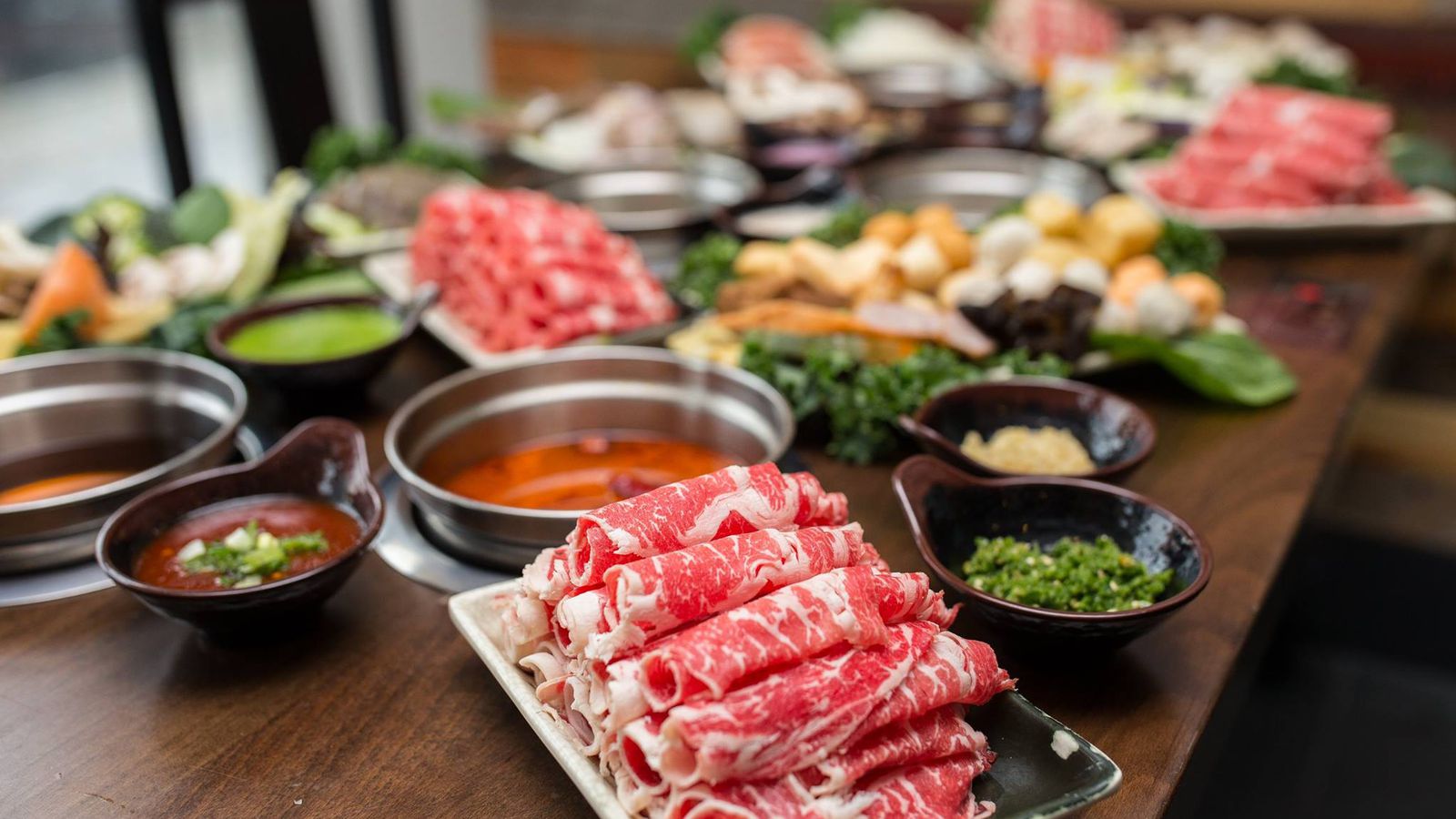
9. Yakitori
Yakitori (Japanese: 焼き鳥) is a Japanese type of skewered chicken. Its preparation involves skewering the meat with kushi (串), a type of skewer typically made of steel, bamboo, or similar materials. Afterwards, they are grilled over a charcoal fire. During or after cooking, the meat is typically seasoned with tare sauce or salt.
As they are designed for convenience and portability, yakitori are typically cooked using step-by-step methods. Traditionally, it was accomplished using portable charcoal grills. That is the method most often employed by yatai, however, restaurants may use stationary grills and, depending on the situation, higher quality binchōtan charcoal.
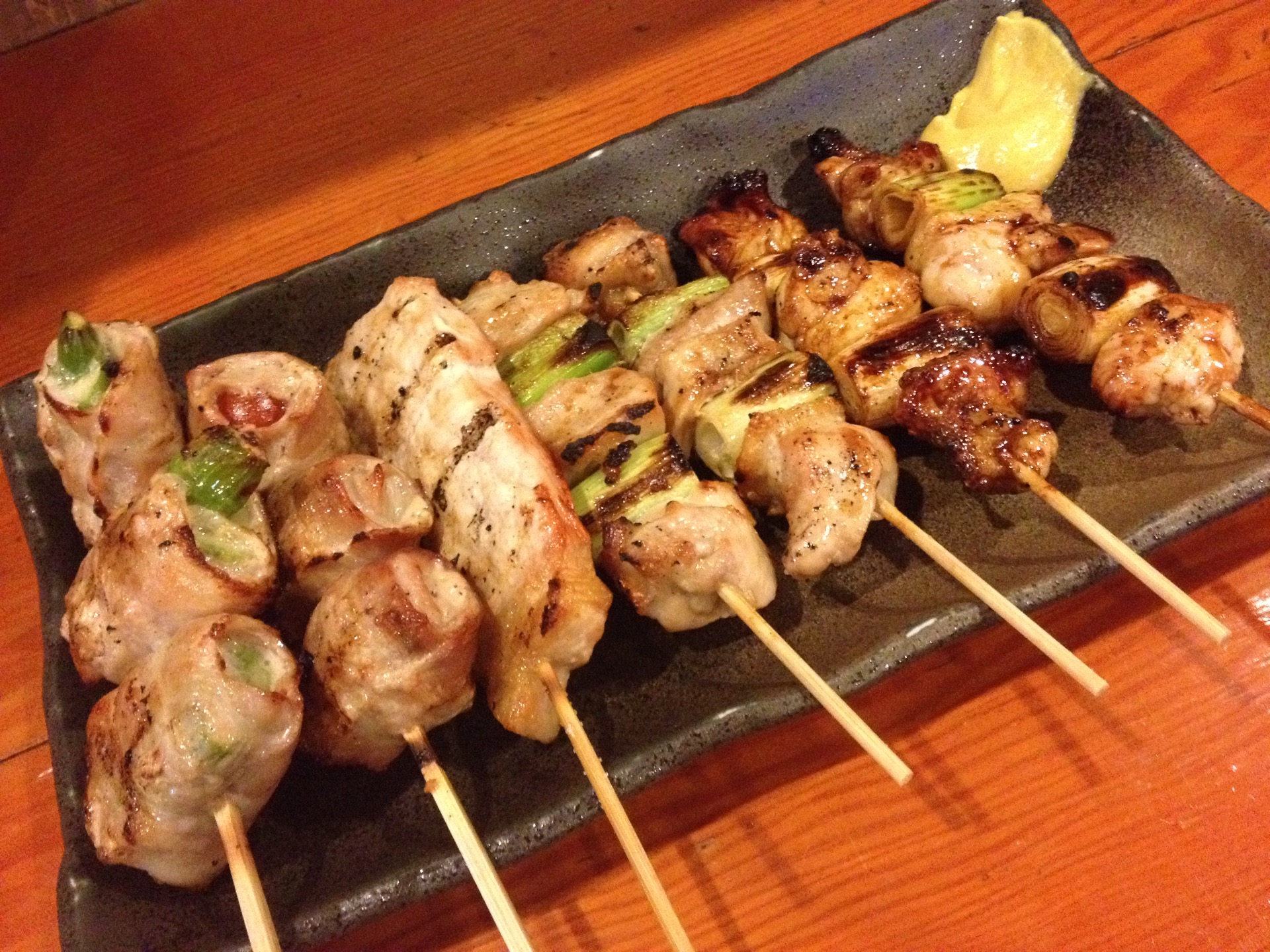
10. Sushi
Sushi (す し, 寿司, 鮨, is a Japanese dish of rice with specially prepared vinegar (飯 飯 sushi-meshi), usually with a little bit of sugar and salt, combined with a variety of ingredients (ネ タ net), such as seafood, vegetables and occasionally tropical fruits. Sushi styles and their presentation vary widely, but the key ingredient is "sushi rice", also known as shari (し ゃ,), or sumeshi (酢 飯). The term sushi is no longer used in its original context and literally means "sour taste".
Sushi is traditionally made with white rice of medium grain, although it can be prepared with brown rice. It is often prepared with seafood, such as calamari, eels or imitation crabmeat. Many others are vegetarians. The sushi is often served with pickled ginger (gari), wasabi and soy sauce. The radish Daikon is popular as a side dish.
Sushi is sometimes confused with sashimi, a related Japanese dish consisting of raw fish in thin slices, or occasionally meat, and an optional serving of rice.
